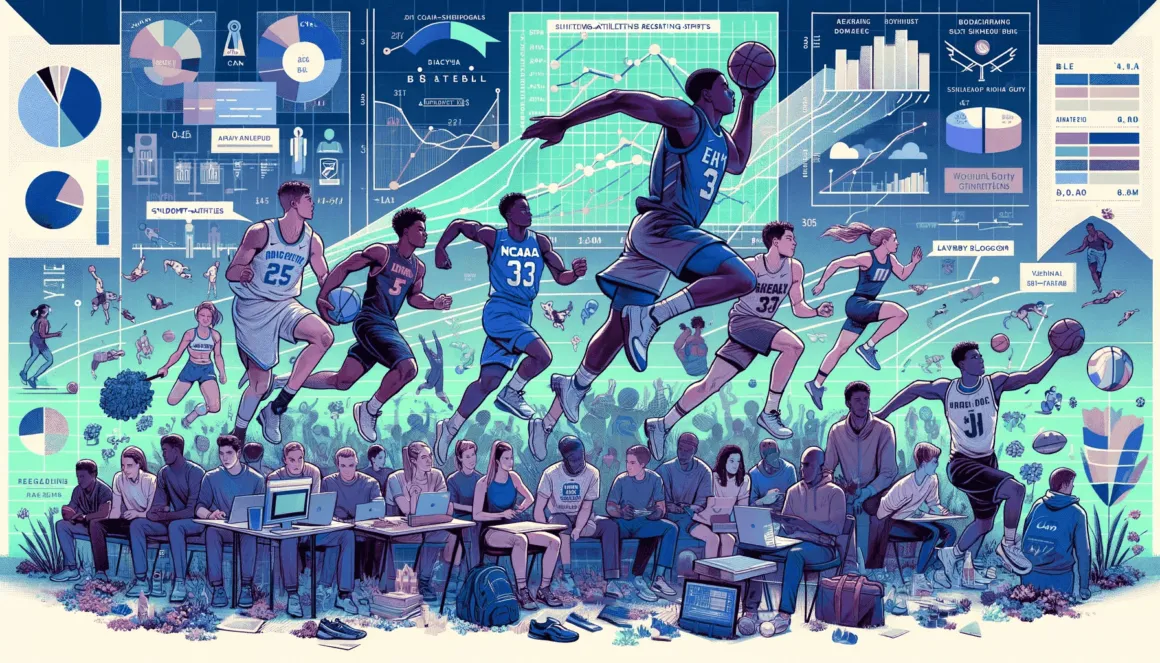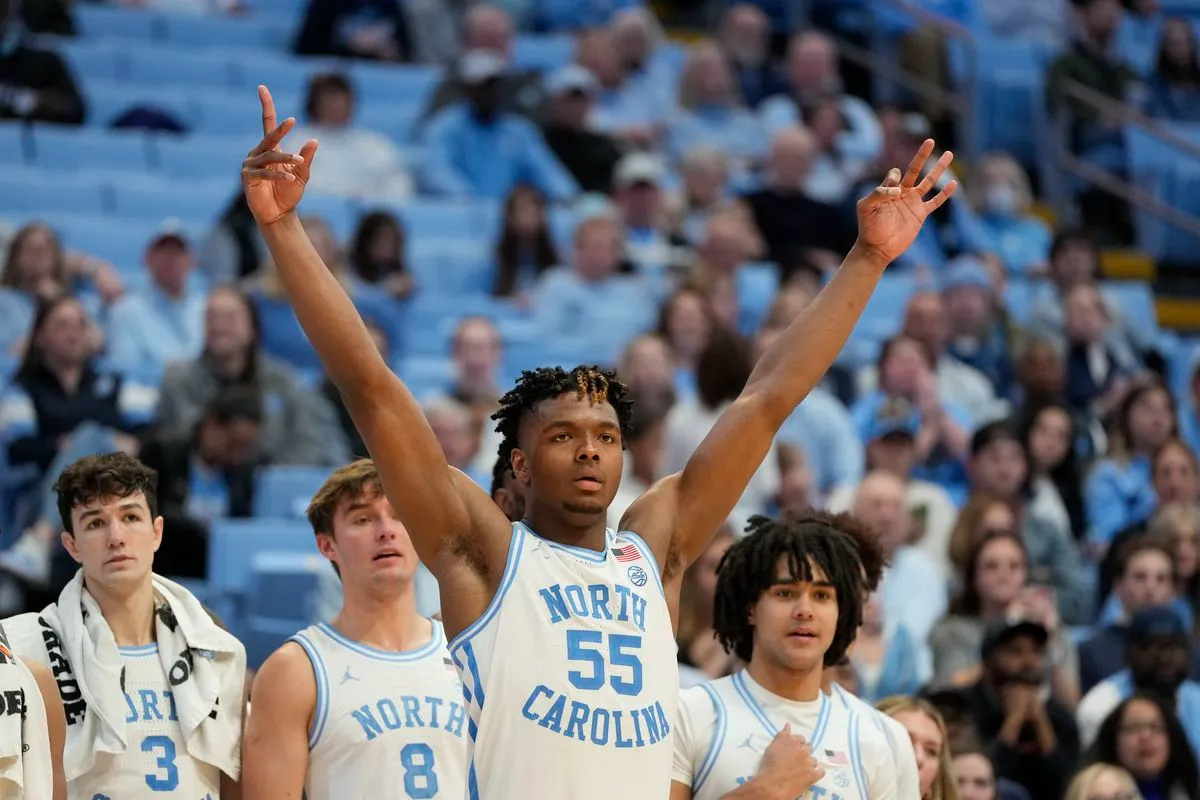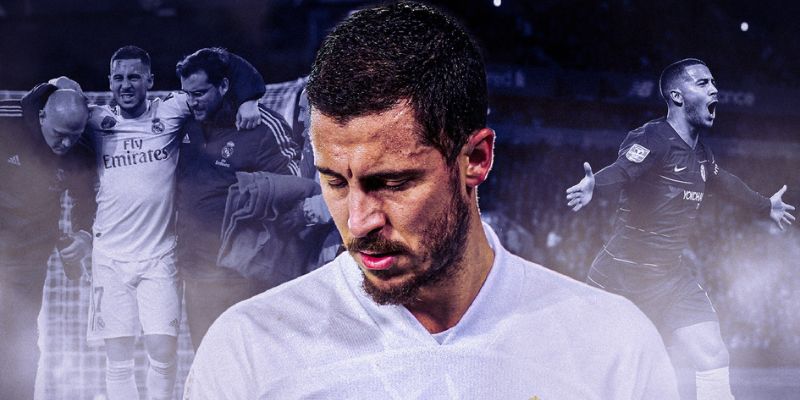Are you a high school athlete dreaming of playing college sports? Or are you a parent who wants to support your child’s athletic aspirations? Either way, understanding the ins and outs of NCAA recruiting is essential. From eligibility requirements to timelines and scholarship opportunities, there is a lot to know about the recruiting process. In this article, we will dive into the essential facts you need to be aware of when it comes to NCAA recruiting. So, let’s get started!
1. Understanding Eligibility Requirements

Before even considering applying for college sports, it’s crucial to understand the NCAA’s eligibility requirements. These requirements determine whether a student-athlete is allowed to participate in NCAA Division I or II athletics and receive an athletic scholarship. The eligibility requirements are set in place to ensure that student-athletes meet certain academic and amateurism standards.
Academic Requirements
To be eligible for NCAA Division I or II athletics, student-athletes must meet certain academic benchmarks. These include completing 16 core courses in high school, achieving a minimum GPA, and scoring a certain number on standardized tests (SAT or ACT). The specific requirements vary for Division I and II, so it’s important to check with the NCAA to determine eligibility.
Apart from these general requirements, student-athletes also need to be aware of the NCAA’s sliding scale. This scale takes into account a student’s GPA and standardized test scores to determine their eligibility. So, even if a student meets the minimum requirements, they still need to have a certain combination of GPA and test scores to be eligible.
Amateurism Requirements
Another important aspect of NCAA eligibility is amateurism. Student-athletes must maintain their amateur status throughout their high school career to be eligible for athletic scholarships. This means that they cannot accept any form of payment or benefits for participating in their sport. Any violation of amateurism rules can result in a loss of eligibility and even lead to sanctions against the school.
It’s essential to note that amateurism rules not only apply to athletes but also their families. Any benefits or payments received by family members, such as free tickets or travel expenses, can impact a student-athlete’s eligibility. It’s crucial for families to be aware of these regulations and avoid any actions that could jeopardize their child’s eligibility.
2. Navigating the Recruiting Timeline
The NCAA recruiting timeline can be overwhelming, with many important dates and deadlines to keep track of. Understanding this timeline is crucial for student-athletes and their families to ensure they don’t miss out on any opportunities.
When Can College Coaches Contact Athletes?
One of the most critical aspects of the recruiting timeline is when college coaches can contact student-athletes. For Division I and II sports, coaches can begin contacting athletes starting on June 15 after their sophomore year. Before this date, coaches are not allowed to communicate with prospective student-athletes. It’s important to note that this rule applies to all forms of communication, including phone calls, emails, and social media messages.
Official and Unofficial Visits
Another significant date on the recruiting timeline is when student-athletes can start taking official and unofficial visits to potential schools. Official visits are paid for by the university and typically include meals, transportation, and lodging. Student-athletes are allowed to take five official visits in total, with one visit per school. These visits can only occur during a designated window of time set by the NCAA.
Unofficial visits, on the other hand, are paid for by the student-athlete or their family and do not have a limit on the number of visits. These visits are usually less formal and do not include any financial assistance from the school. Student-athletes can start taking unofficial visits at any time, but it’s essential to check with the NCAA as certain dates and times are restricted.
National Signing Day
For many student-athletes, the ultimate goal of the recruiting process is to receive a scholarship offer and sign on National Signing Day. This is the first day that high school seniors can officially commit to an NCAA institution by signing a National Letter of Intent (NLI). National Signing Day typically occurs in November for most sports, with a second one in February for football.
It’s crucial for student-athletes to be aware of this deadline and have everything in order before signing their NLI. It’s also important to note that verbal commitments, where a student-athlete agrees to attend a school without signing an NLI, are not binding and can change at any time.
3. Exploring Scholarship Opportunities

One of the primary reasons student-athletes pursue college sports is the opportunity to receive scholarships. These scholarships can cover tuition, room and board, and other expenses, making college more affordable for athletes and their families. However, there are some important things to know about athletic scholarships and how they work.
Division I vs. Division II Scholarships
The amount of scholarship money available for NCAA Division I and II schools differs significantly. Division I schools have more resources and can offer full athletic scholarships to their student-athletes. In contrast, Division II schools have fewer funds and typically divide scholarships among multiple athletes, resulting in a lower amount per athlete.
It’s also essential to note that not all sports are fully funded at the Division II level. Some sports, such as baseball and softball, have a limited number of scholarships, so it’s crucial to ask the coach about scholarship opportunities during the recruiting process.
Scholarship Limits
The NCAA sets limits on the number of scholarships that can be awarded per sport. For example, Division I basketball teams can offer 13 scholarships, while Division II basketball teams are limited to 10. These limits are set to ensure that schools have an equal opportunity to recruit athletes and maintain competitive balance.
It’s also important to note that while athletic scholarships cover tuition, room, and board, they do not include other expenses such as books and supplies. Student-athletes may need to rely on other forms of financial aid to cover these costs.
Renewal of Scholarships
Athletic scholarships are not guaranteed for the entire four years of college. In most cases, they are renewable on a yearly basis. This means that student-athletes must continue to meet academic and athletic requirements to have their scholarship renewed each year. If a student fails to meet these requirements, their scholarship can be revoked, leaving them with the responsibility of covering their expenses.
4. Utilizing Online Resources
In today’s digital age, the internet is a valuable tool for high school athletes looking to get recruited by college programs. Several online resources can help student-athletes navigate the recruiting process and connect with potential coaches.
Online Recruiting Services
One option for student-athletes is to use online recruiting services such as CaptainU or NCSA. These services allow student-athletes to create a profile with their athletic and academic information, which can then be viewed by college coaches. These services also offer tools and resources to help athletes track their progress and communicate with coaches.
While these services can be beneficial in connecting with coaches, it’s essential to note that they come at a cost. Some services have subscription fees, while others take a percentage of any scholarship money received by the athlete.
Social Media
With the rise of social media, many coaches are now using platforms like Twitter and Instagram to scout potential recruits. It’s crucial for student-athletes to ensure their profiles are professional and reflect their character positively. Coaches will often look at a student-athlete’s social media presence to determine if they would be a good fit for their program.
Student-athletes should also use social media as a way to reach out to coaches and showcase their skills and accomplishments. Sharing highlights and game footage can give coaches a better idea of an athlete’s abilities and increase their chances of being recruited.
5. Considering Other Factors

While athletic scholarships are often the primary reason for pursuing college sports, it’s essential to consider other factors that can impact a student-athlete’s experience.
Academic Programs
While playing a sport in college is undoubtedly a significant accomplishment, it’s crucial to remember that academics should still be a top priority. Student-athletes should research the academic programs offered by potential schools and ensure that they align with their career goals.
Being a student-athlete can also bring additional challenges, such as balancing practices, games, and travel with coursework. It’s essential to choose a school that offers academic support for its athletes to help them succeed both on and off the field.
Coaching Staff
The coaching staff at a college can significantly impact a student-athlete’s experience. It’s crucial to do research on the coaching staff and their coaching style to determine if it’s a good fit. Student-athletes should also try to connect with current team members to get a better idea of the team dynamic and culture within the program.
Location and Campus Life
Another factor to consider when choosing a college is the location and campus life. While the primary focus may be on athletics, it’s essential to choose a school where you feel comfortable both on and off the field. Visiting the campus and experiencing the atmosphere firsthand can give student-athletes a better idea of whether the school is a good fit for them.
6. The Importance of a Backup Plan
While many high school athletes dream of playing college sports, it’s essential to have a backup plan in place. The reality is that not all athletes will receive athletic scholarships, and even those who do may face injuries or unexpected changes in their situation.
Having a backup plan can help student-athletes navigate these challenges and continue their education. It’s essential to research the academic programs offered at potential schools and have a clear idea of career goals outside of sports.
Conclusion
Navigating NCAA recruiting can be a challenging and overwhelming process for high school athletes and their families. Understanding eligibility requirements, the recruiting timeline, scholarship opportunities, and other factors are crucial for a successful recruitment journey. By utilizing online resources, considering all aspects of the college experience, and having a backup plan, student-athletes can increase their chances of finding the right fit for their academic and athletic goals. We hope this article has provided valuable insights into the facts you need to know about NCAA recruiting. Good luck on your recruiting journey!


